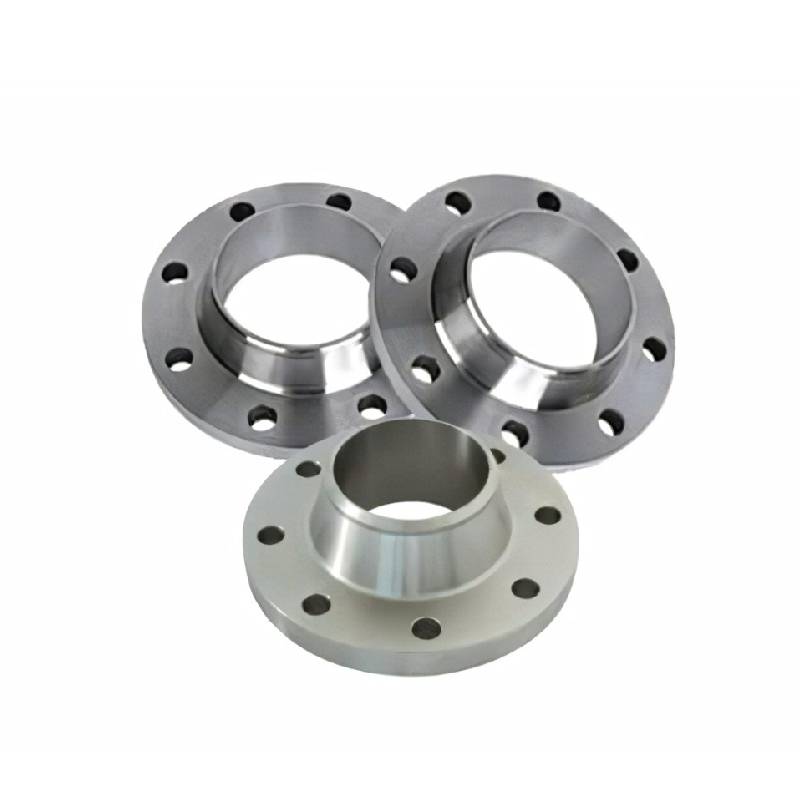-
Cangzhou Yulong Steel Co., Ltd.
-
Phone:
+86 13303177267 -
Email:
admin@ylsteelfittings.com
- English
- Arabic
- Italian
- Spanish
- Portuguese
- German
- kazakh
- Persian
- Greek
- French
- Russian
- Polish
- Thai
- Indonesian
- Vietnamese
- Zulu
- Korean
- Uzbek
- Hindi
- Serbian
- Malay
- Ukrainian
- Gujarati
- Haitian Creole
- hausa
- hawaiian
- Hebrew
- Miao
- Hungarian
- Icelandic
- igbo
- irish
- Japanese
- Javanese
- Kannada
- Khmer
- Rwandese
- Afrikaans
- Albanian
- Amharic
- Armenian
- Azerbaijani
- Basque
- Belarusian
- Bengali
- Bosnian
- Bulgarian
- Catalan
- Cebuano
- China
- China (Taiwan)
- Corsican
- Croatian
- Czech
- Danish
- Esperanto
- Estonian
- Finnish
- Frisian
- Galician
- Georgian
- Kurdish
- Kyrgyz
- Lao
- Latin
- Latvian
- Lithuanian
- Luxembourgish
- Macedonian
- Malgashi
- Malayalam
- Maltese
- Maori
- Marathi
- Mongolian
- Myanmar
- Nepali
- Norwegian
- Norwegian
- Occitan
- Pashto
- Dutch
- Punjabi
- Romanian
- Samoan
- Scottish Gaelic
- Sesotho
- Shona
- Sindhi
- Sinhala
- Slovak
- Slovenian
- Somali
- Sundanese
- Swahili
- Swedish
- Tagalog
- Tajik
- Tamil
- Tatar
- Telugu
- Turkish
- Turkmen
- Urdu
- Uighur
- Welsh
- Bantu
- Yiddish
- Yoruba

Dec . 07, 2024 07:58 Back to list
Choosing the Right Blind Flange for Your Piping Needs and Applications
Understanding Blind Flanges A Comprehensive Overview
In the realm of piping and fluid transportation systems, every component plays a crucial role, often determining the effectiveness and safety of the entire system. Among these components, flanges are essential fixtures that facilitate connections and ensure leak-proof joints between different sections of piping. One particular type of flange that stands out for its unique application is the blind flange. This article will delve into the characteristics, applications, and advantages of blind flanges, particularly focusing on the specification often denoted as Blind Flange 3.
What is a Blind Flange?
A blind flange is a solid disk used to close the end of a pipe or to seal off a piping system. Unlike typical flanges that connect two pieces of pipe or equipment, blind flanges serve to finish or terminate the assembly. Typically made of various materials such as stainless steel, carbon steel, or plastic, the choice depends on the specific application and the medium being transported.
Characteristics of Blind Flanges
Blind flanges come in various sizes, pressure ratings, and configurations to accommodate different needs. The designation Blind Flange 3 typically indicates a specific size and capability as defined by relevant standards, such as ANSI, ASME, or DIN. The measurements often refer to the nominal pipe size (NPS), pressure class, and material grades.
Another critical characteristic of blind flanges is their thickness. The thickness varies according to the pressure rating, with thicker flanges designed for high-pressure applications. Additionally, blind flanges can be found in various finishes, such as smooth or raised face, which can influence the seal quality when bolted to another surface.
Applications of Blind Flanges
Blind flanges are widely used in several industries, including oil and gas, water treatment, and chemical manufacturing. Their primary functions include
1. Closing Off Piping Systems Blind flanges are used to seal the end of pipes, preventing any substance from leaking out. This is particularly important in systems that may require maintenance or temporary shutdowns.
blind flange 3

2. Testing and Inspection In many cases, blind flanges allow for the safe testing of pipelines. By sealing off sections of a system, operators can apply pressure testing to ensure integrity and detect potential leaks.
3. Future Expansion Blind flanges also facilitate future expansion of a piping system. If a company anticipates needing additional outlets or connections, blind flanges provide a convenient point for future pipe installations.
4. Integration of Equipment In some instances, blind flanges are used to integrate specific equipment into a piping system. For example, they can be fitted with gauges or valves that can easily be added or removed as needed.
Advantages of Using Blind Flanges
- Ease of Installation Blind flanges are relatively easy to install, requiring standard tools and equipment. Once bolted into place, they provide a secure seal with minimal risk of leakage.
- Versatility Available in various sizes, materials, and specifications, blind flanges can be used in numerous applications, accommodating different pressures and fluid types.
- Cost-Effectiveness Compared to other types of fittings and connectors, blind flanges are often a cost-effective solution for closing off pipes, providing a durable and reliable option without the expense of complex fitting systems.
- Safety and Integrity By using blind flanges, industries can ensure the safety and integrity of their fluid handling systems, minimizing hazards associated with leaks and ruptures.
Conclusion
Blind flanges, such as Blind Flange 3, play a fundamental role in the integrity of piping systems across various industries. Their ability to effectively seal off pipelines makes them invaluable for maintenance, testing, and future expansions. As industrial standards evolve and technologies advance, the applications and designs of blind flanges are likely to continue improving, further enhancing their utility in the complex world of fluid dynamics. Understanding their characteristics and advantages allows engineers and technicians to make informed decisions, ensuring operational efficiency and safety in their respective fields.
Latest news
-
ANSI 150P SS304 SO FLANGE
NewsFeb.14,2025
-
ASTM A333GR6 STEEL PIPE
NewsJan.20,2025
-
ANSI B16.5 WELDING NECK FLANGE
NewsJan.15,2026
-
ANSI B16.5 SLIP-ON FLANGE
NewsApr.19,2024
-
SABS 1123 FLANGE
NewsJan.15,2025
-
DIN86044 PLATE FLANGE
NewsApr.19,2024
-
DIN2527 BLIND FLANGE
NewsApr.12,2024
-
JIS B2311 Butt-Welding Fittings LR/SR 45°/90° /180°Seamless/Weld
NewsApr.23,2024











